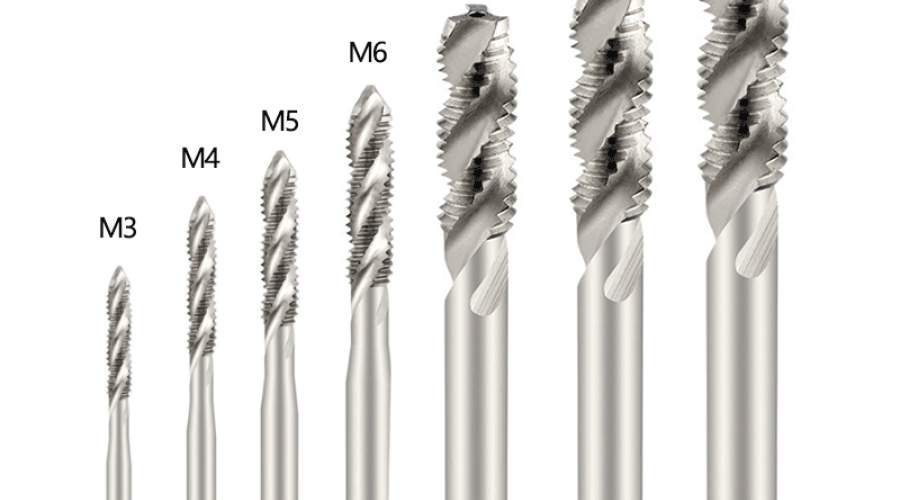
In simple terms, a pointed tap, also known as a bottoming tap, is suitable for threading through holes and ejects chips downward. A spiral tap, on the other hand, is a taper tap suitable for threading blind holes.
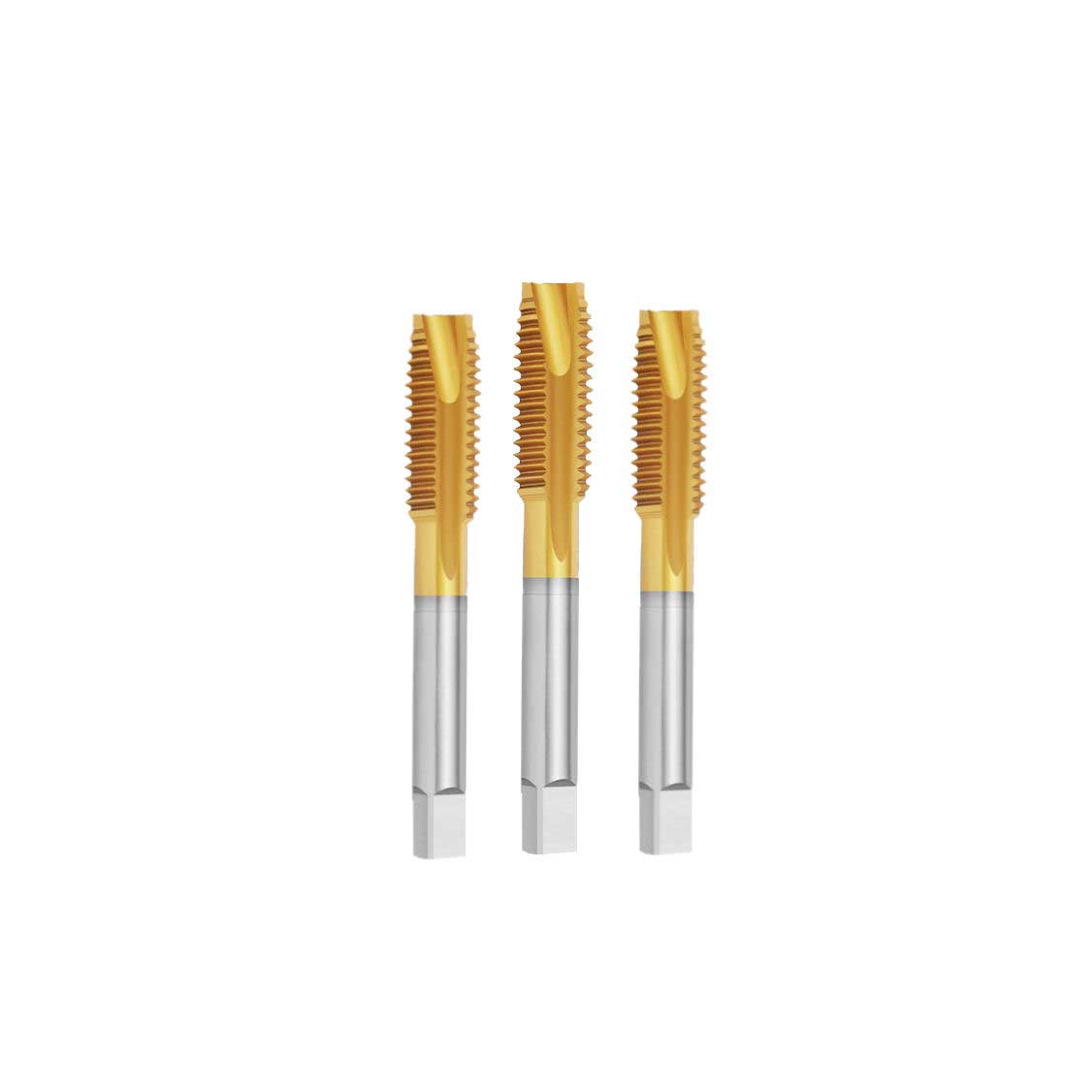
The pointed tap is a variation of the straight-flute tap, invented by Ernst Reime, the founder of NORIS company, in 1923. It features a sloping groove cut on one side of the straight flute, forming an angle that allows chips to be ejected forward along the feed direction. It is suitable for through-hole machining. The spiral flute tap, meanwhile, is the most commonly used type, with different spiral angles selected for different working conditions, typically 15° and 42° right-hand spirals. Generally, the larger the spiral angle, the better the chip removal performance.
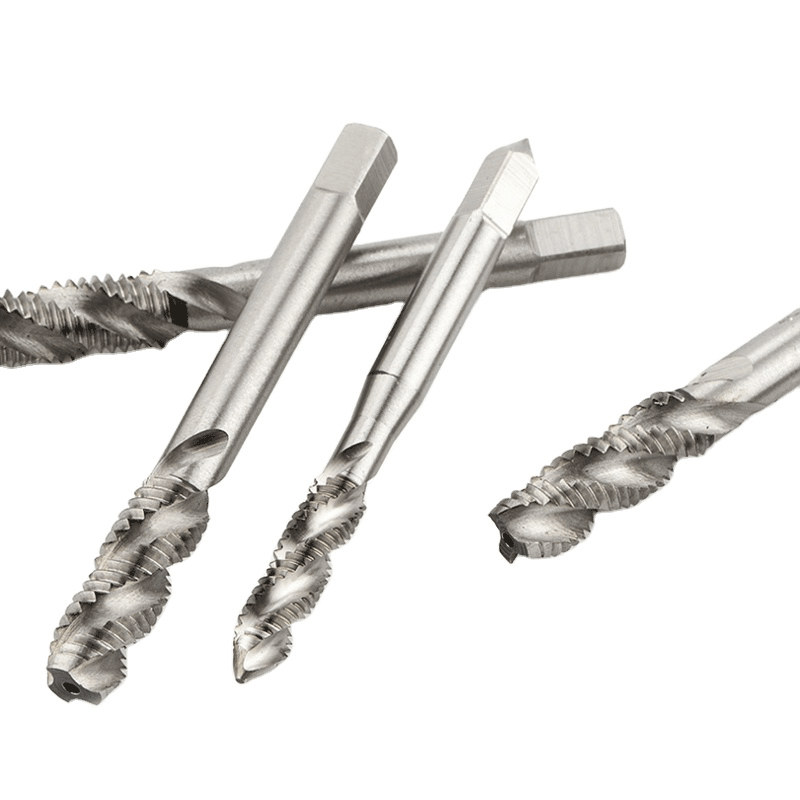
The pointed tap, also known as the bottoming tap or chip-discharging groove tap, is mainly used for cutting threads on various through-hole materials. It features the same straight grooves as standard straight-flute taps, but with specially designed spiral grooves at the front of the cutting section. These grooves rotate to push and eject chips from below the hole. Because of this chip-discharging function, the pointed tap can maintain groove cleanliness to reduce cutting resistance and prevent tap damage caused by chip clogging. Therefore, the pointed tap can cut high-precision threads at faster speeds than standard straight-flute taps.
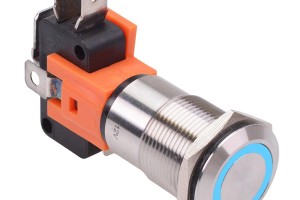
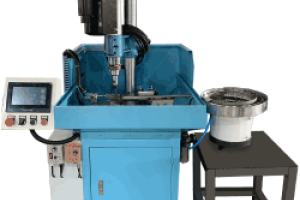
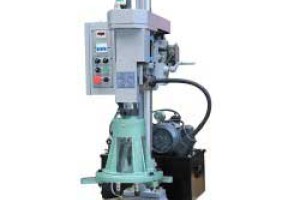
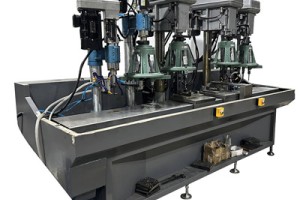
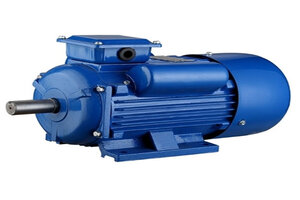
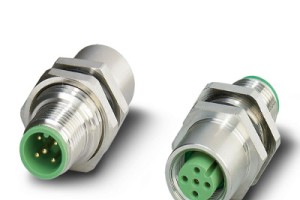
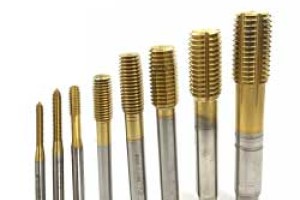
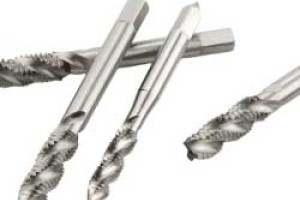
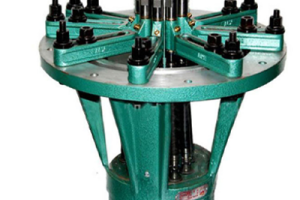
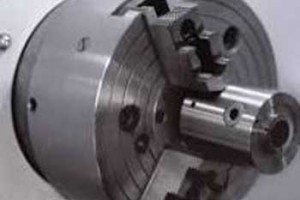
Leave a comment